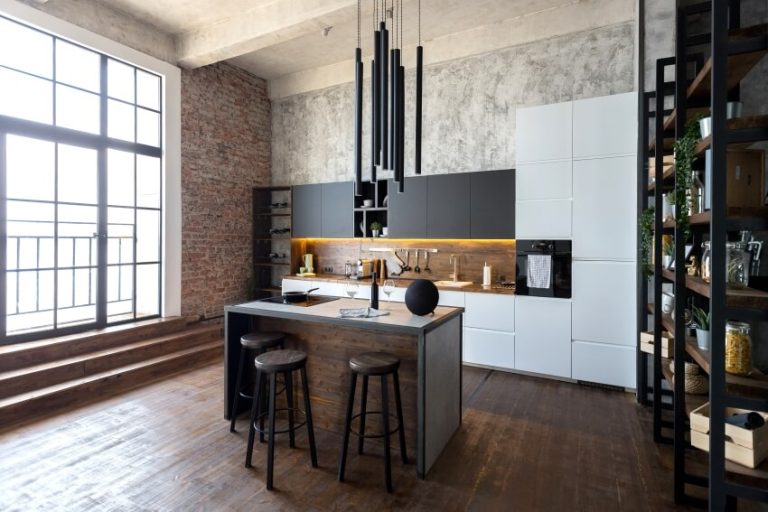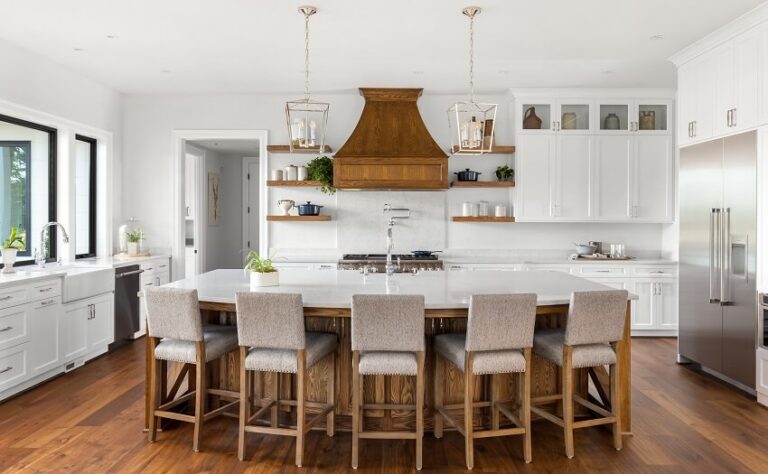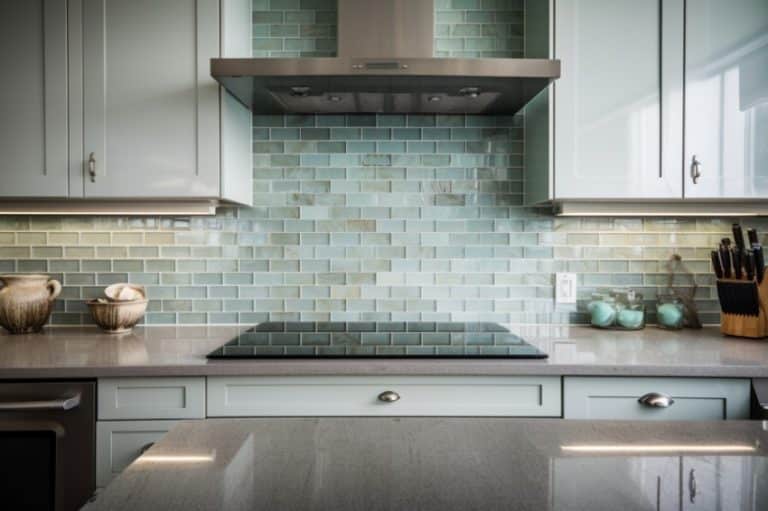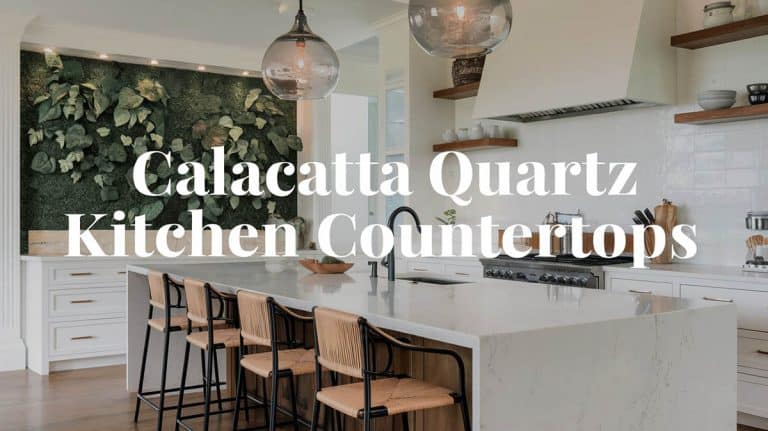Stove vs Oven (Differences & Comparison Guide)
The guide to choosing between stove vs oven, including their definitions, differences, and their close connection to a cooktop and a range.

People would at times refer to a stove as an oven and vice versa. In this article on stove vs oven, we’ll go over the distinct differences between the two that will make you a kitchen pro in no time.
What Is A Stove?
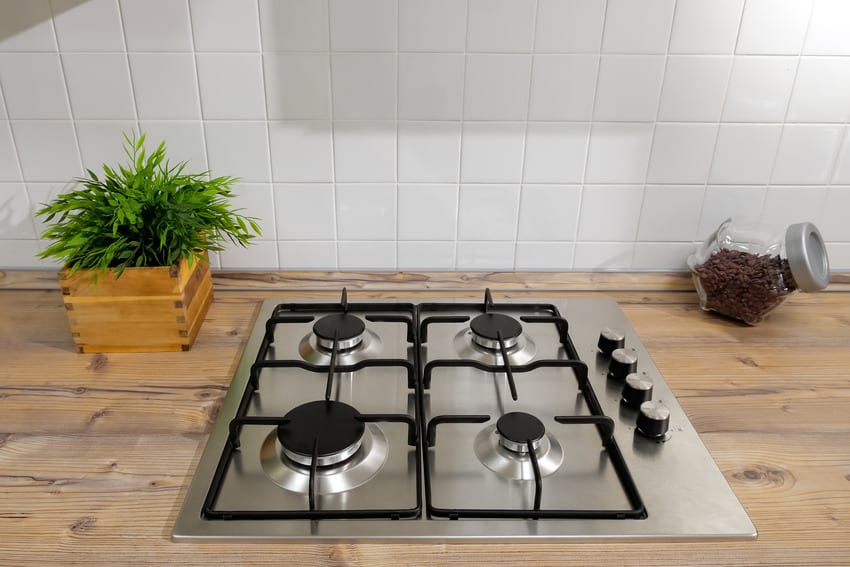
There are many different types of stoves on the market right now. If you’re wondering where the confusion is coming from, it’s from the stoves that are enclosed.
Some people mistakenly think that these stoves are actually ovens but it’s worth noting that not all stoves can actually cook food. Some stoves are just for the sole purpose of providing heat.
The traditional stove uses coal or wood as its main fuel source, but it eventually transitioned to electricity and gas with the advent of industrialization.
Some stoves are portable and preferred during outdoor events or camping trips. These cooking implements come with removable stovetops and support pots, woks, or whatever cooking container you plan to cook the food in.
What Is An Oven?
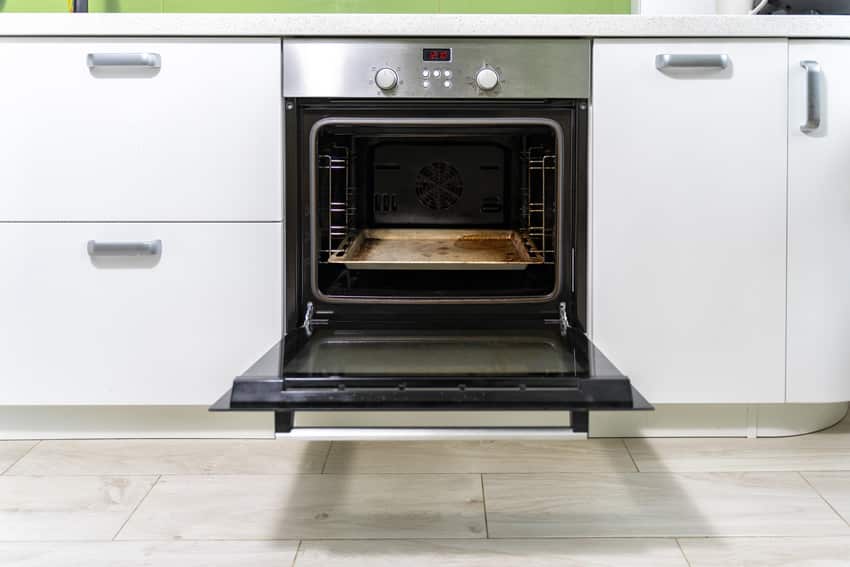
Like the stove, the oven can come in various forms: from the home oven, we’re all quite well acquainted with, to wall ovens, to industrial ovens used in large-scale bakery operations, and even to earth ovens.
An oven also uses gas or electricity to get the food cooked but also uses wood or coal as its fuel in its earlier forms.
Moreover, an oven also normally comes with a temperature control gauge which helps regulate the cooking temperature, which is especially great for specific types of foods that require a specific temperature to cook.
Essentially, ovens are precise cooking implements as the modern ones also come with timers.
Difference Between Stove And Oven
This is a common conundrum, believe it or not. Much of this confusion about stove vs oven is influenced by tradition, upbringing, and culture.
However, there are also other variables at play. Home cooking has evolved so much over the past decades and centuries, and along with it are the cooking appliances that are commonly used at home.
When it all comes down to it, though, there are some distinct and definable differences between these two.
An oven is a box-like contraption used for cooking or heating food. The heating relies most on the fact that the chambers are enclosed, keeping the heat in.
A stove, in essence, works by providing heat directly as opposed to disseminating it out in an enclosed chamber. However, there are also stoves that aren’t for cooking food, such as pellet stoves.
In terms of definition, it would be fairly safe to say that all ovens are basically stoves but not all stoves are ovens.
What Do You Call A Stove Without An Oven?
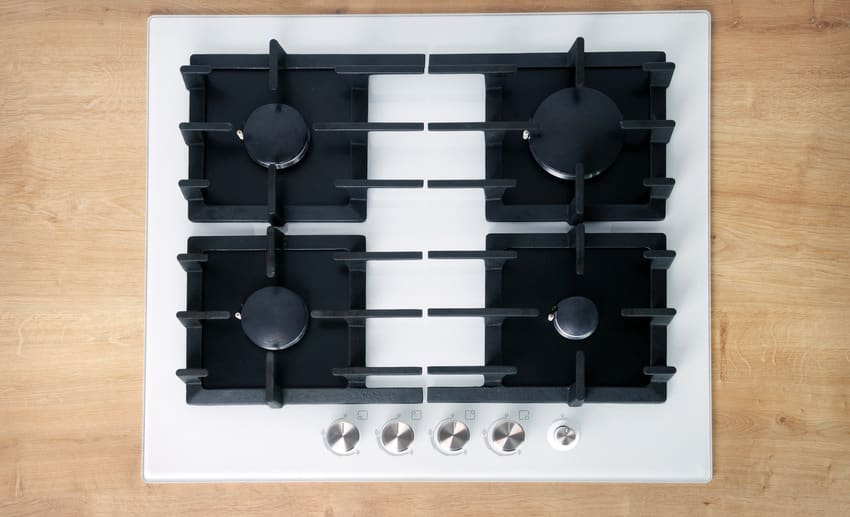
If that’s the case, it’s a cooktop or a hob. It means that you only have the cooking surface where direct heat is applied to the pan, without an oven attached to it.
Why Do They Call An Oven A Range?

It’s more like an all-in-one stove and oven. Basically, it’s a common kitchen appliance in homes these days and is preferred as opposed to buying two separate kitchen appliances.
The reason why an oven is usually referred to as a range is because a stove without an oven is just that: a stove, stovetop, or cooktop.
For it to be categorized as a range, it needs the added element of an oven which is also why oven and range are terms that can be used interchangeably.
Is A Cooktop A Stove?
A cooktop is most definitely a stove, a standalone stove, to be more specific. It’s a kitchen cooking appliance that does not have an oven, and as opposed to the usual box-type form of an appliance, it only occupies counter space.
It can be operated using either gas or electricity for fuel. See our comparison of gas vs electric cooktops here.
The location of the burner buttons and knobs is also essential. For cooktops, these things are on the actual countertop, whereas in a range, they are installed on the front. Read more about the different types of cooktops here.
What Uses More Gas: A Stovetop Or An Oven?
There isn’t a definite answer to what uses more gas between a stovetop and an oven because it would all depends on the type of food that you are heating and on the amount of heating time involved.
It’s not an either-or type of thing. For example, if you want to heat some water, the stovetop will be the most efficient way to heat it up as it applies the heat directly and causes water to boil faster.
On the other hand, an oven would be less efficient to heat water up as it uses as a heatwave, but then again, if you consider a whole turkey, then it would be a completely different story.
However, if you want a direct comparison of just the gas a stove vs. an oven consumes at equal amounts of time, the short answer would be the stovetop.
The gas burners on the stovetop will eat up more gas as the heating is usually direct, whereas the oven will have a steadier gas consumption.
For more related content, read this article on stove in corner of kitchen pros and cons.



